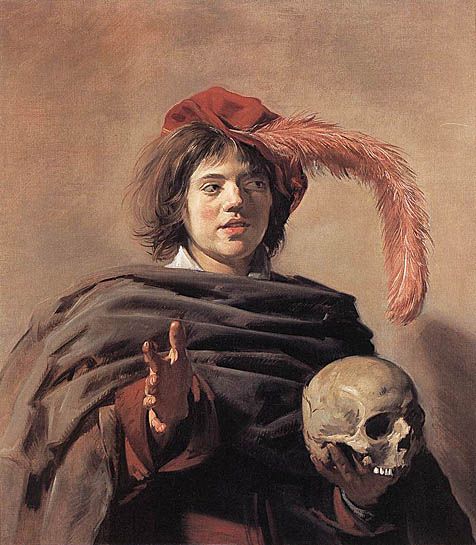What is Russian Cuisine? Well, I don’t exactly have a straightforward answer for you. This question, and more surrounding that of gastronomy, has been of great interest to me lately, as I am thinking ahead to my future in academia. This post is one that I ran to write, effectively sitting down like a madman and typing away. My biggest point when examining the quintessential Russian cuisine, or food, is that there is in fact, not one. Russian cuisine is an ever-evolving entity, appearing uncomplicated and yet elusive when attempting to pin it down. Several of the most important pieces of this particular food history is the influence of the climates and cultures that inhabit the Russian landscape. As a multicultural and multilingual country, Russian food exemplifies the relationship between Iranian, French, Azerbaijan, Chinese, Arabic, and Dutch (and more) traditions and the Russian populace. In conjunction with this relationship is the power of religious practices in cooking, preparation, and consumption.
A concept, or really a name you may be more familiar with than ‘Russian cuisine’ is the name Peter the Great(reigned 1689-1725). If you don’t already know, his title ‘the Great’ is not simply for show. Peter the Great not only cultivated a revolution in military strategy, architecture, dress, and cooking. Throughout the 17th and 18th centuries, those who lived in the industrialized parts of Russia, held the operations of their food preparation in oven chambers, unlike the facilities like our modern stove which you likely have in your own home. You may imagine these oven chambers as spacious enough as a butcher’s kitchen, sometimes a bit bigger. Blini, a thin pancake traditionally made from wheat flour topped with an assortment of sweet and savory toppings, were just one recipe baked in these ‘stoves’. However, as a means of assimilating into European culture, Peter introduced the Dutch range. “Thus the customary gorshok or earthenware pot – perfect for the slowly falling temperatures of the Russian stove – was largely replaced by the kastriulia or saucepan (a corruption of the Germanic Kastrol)” (Goldstein 501). Peter’s exchange of the traditional Russian oven chamber with the Dutch range shows not only the utter power that Peter wielded, but of the Western ideals he committed into the essence of Russian gastronomy.
Now, as only one very prime example of the assimilation of other cultures into Russian food, Peter the Great is succeeded by future Tzars who continued in this legacy. This history and exchange of culinary practices goes further back than Peter and continues through the 19th and 20th centuries. It even continues today. So, perhaps, I haven’t answered the question I posed at my opening, but I hope I have given you a little bit of background on Russian cuisine, or lack thereof that you can pull out at a trivia night with your family.
Works Cited
Goldstein, Darra. “Gastronomic Reforms under Peter the Great. Toward a Cultural History of Russian Food.” Jahrbücher Für Geschichte Osteuropas, Neue Folge, 48, no. 4 (2000): 481-510. Accessed January 27, 2021. http://www.jstor.org/stable/41050633.



